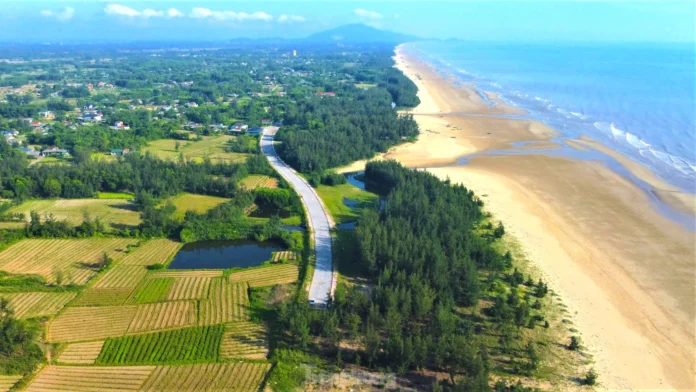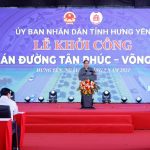The Bizarre Tale of a Billion-Dollar Road Project Left Dangling
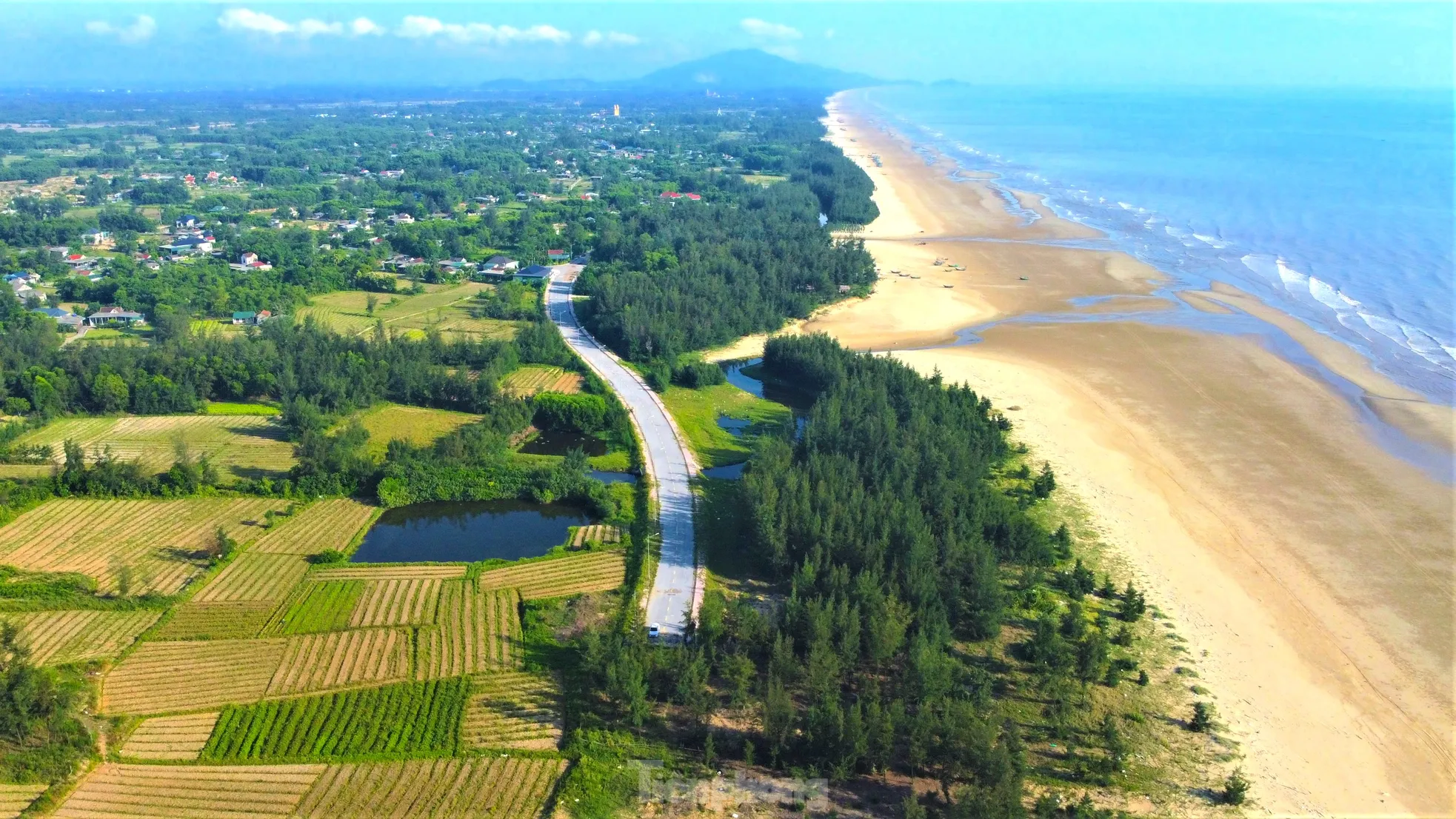
In 2022, a major road project was initiated in Ha Tinh city, involving the construction of a transversal road crossing through Thach Van commune. This project, valued at tens of billions of dongs, aimed to expand the economic landscape towards the sea, facilitate trade between coastal communes, and boost local tourism.
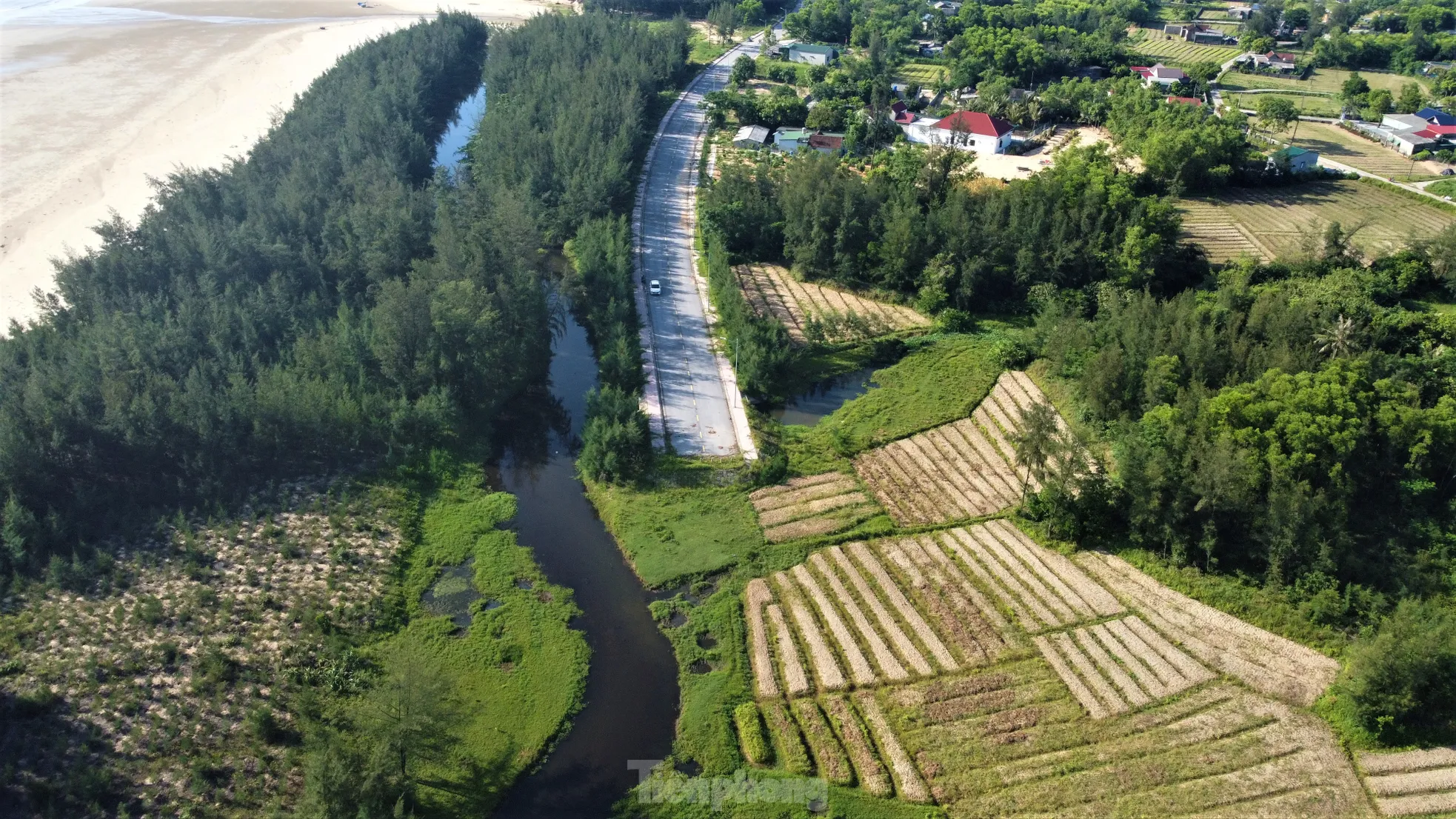
The road project was envisioned to be a game-changer for the region, but it has fallen short of expectations.
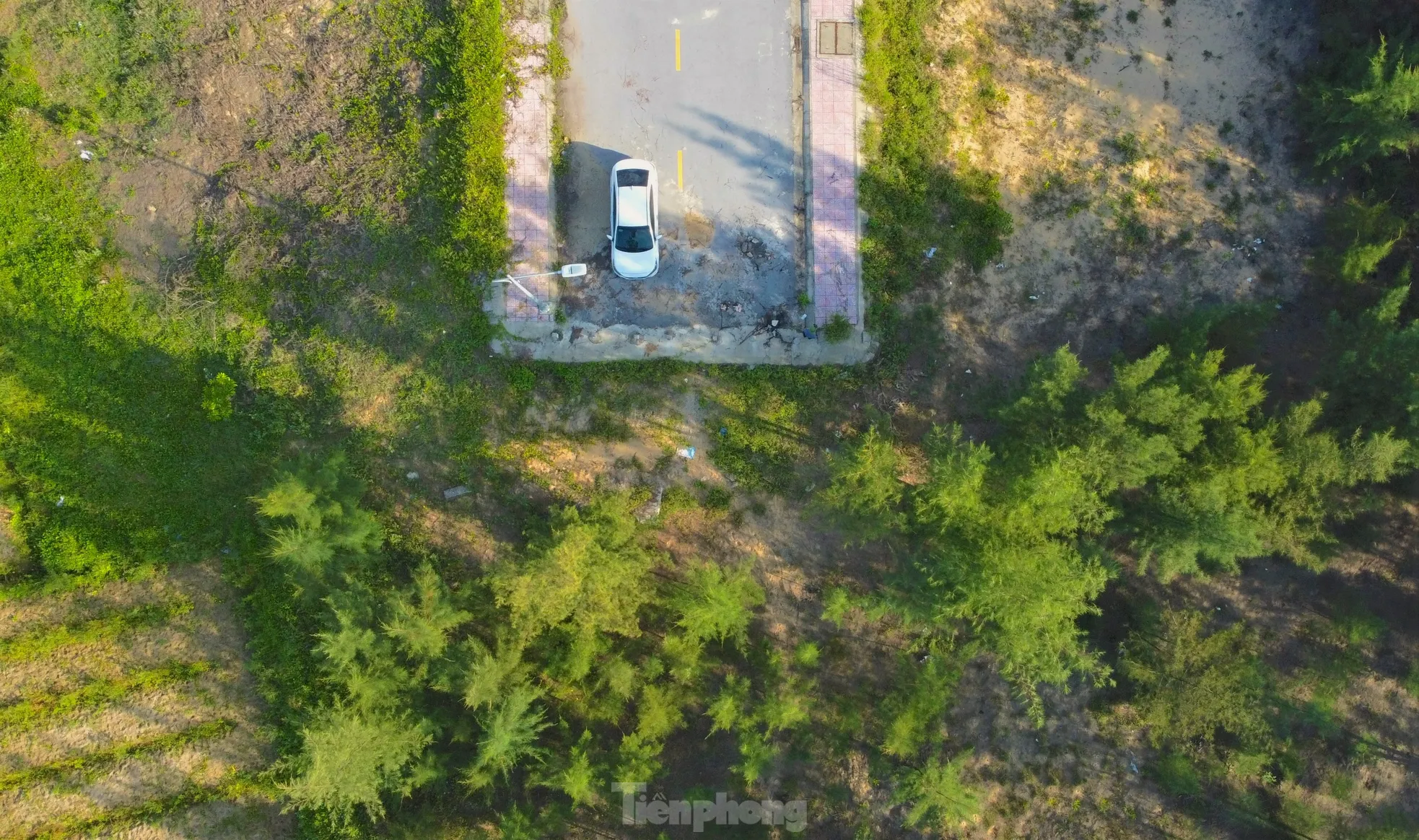
The reality, however, paints a different picture.
Fast forward to the present, and this billion-dong road project remains unfinished and disconnected at both ends.
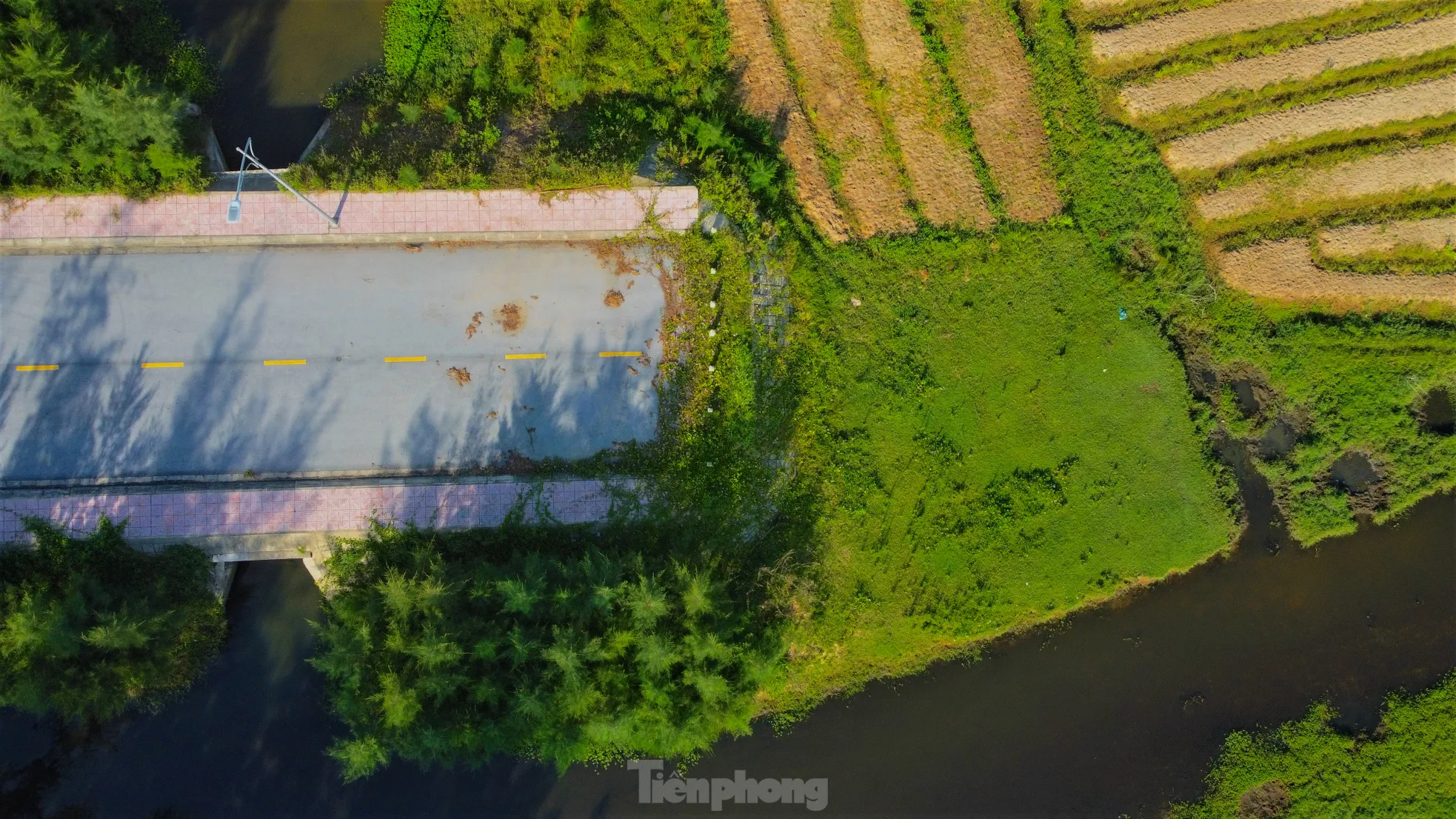
While the middle section of the road has been constructed, the two ends remain unconnected to the transportation network, falling short of the project’s initial ambitions.
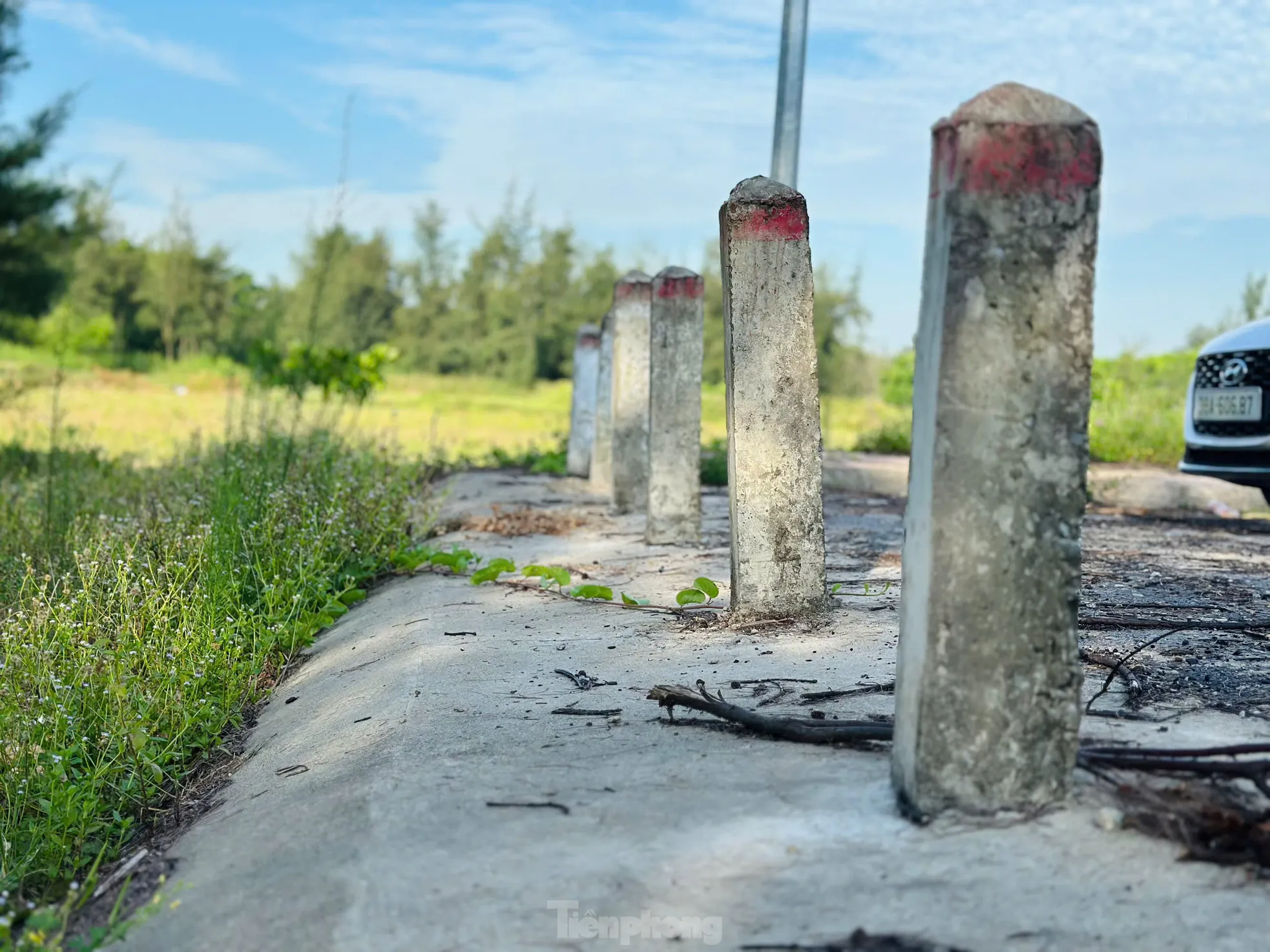
The unconnected road stands as a symbol of unfulfilled promises and expectations.
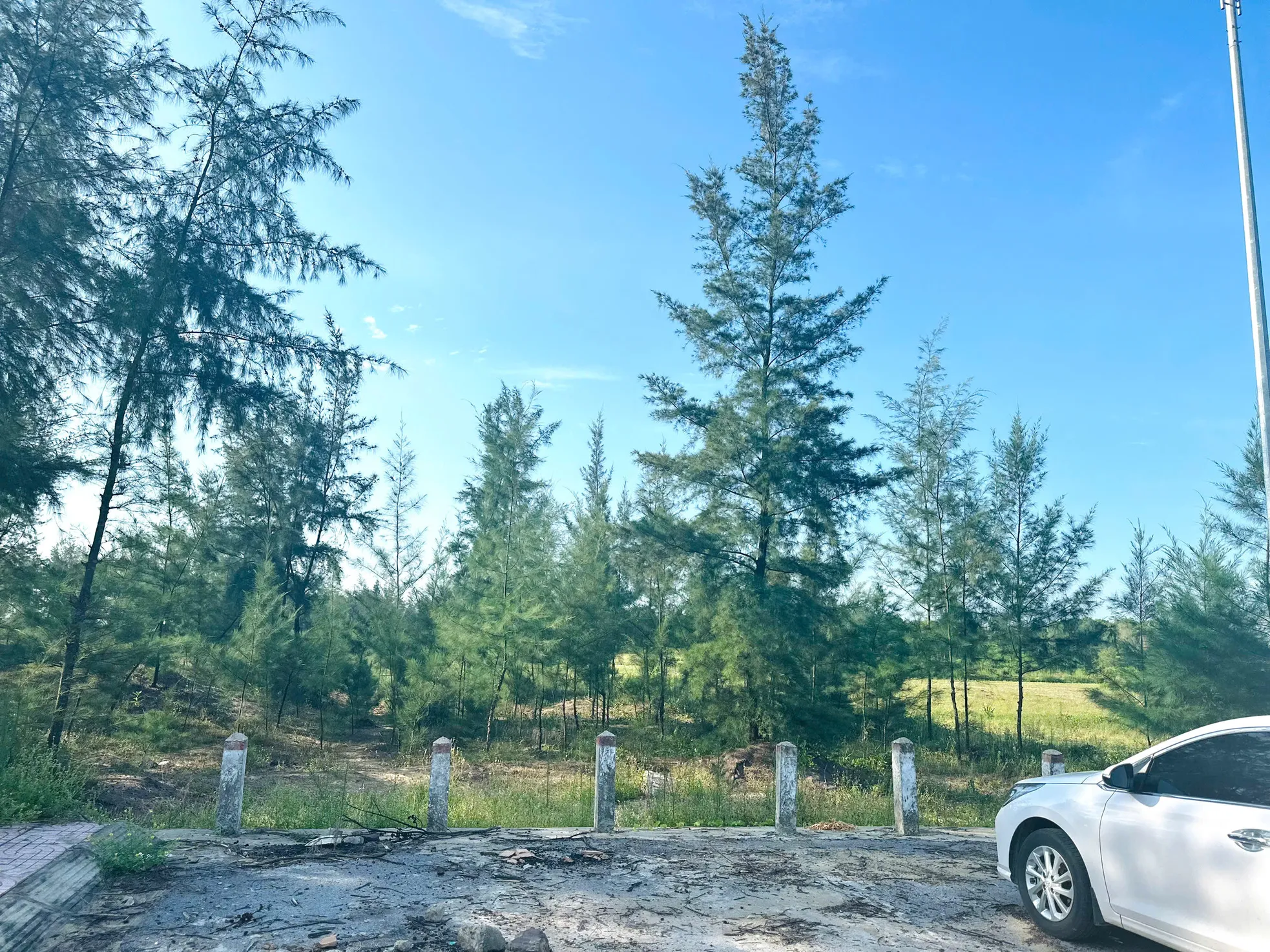
The partially constructed road not only represents a waste of resources but also poses safety hazards.
Beyond the financial implications, the unfinished road poses safety risks and hinders the very economic development it aimed to foster.
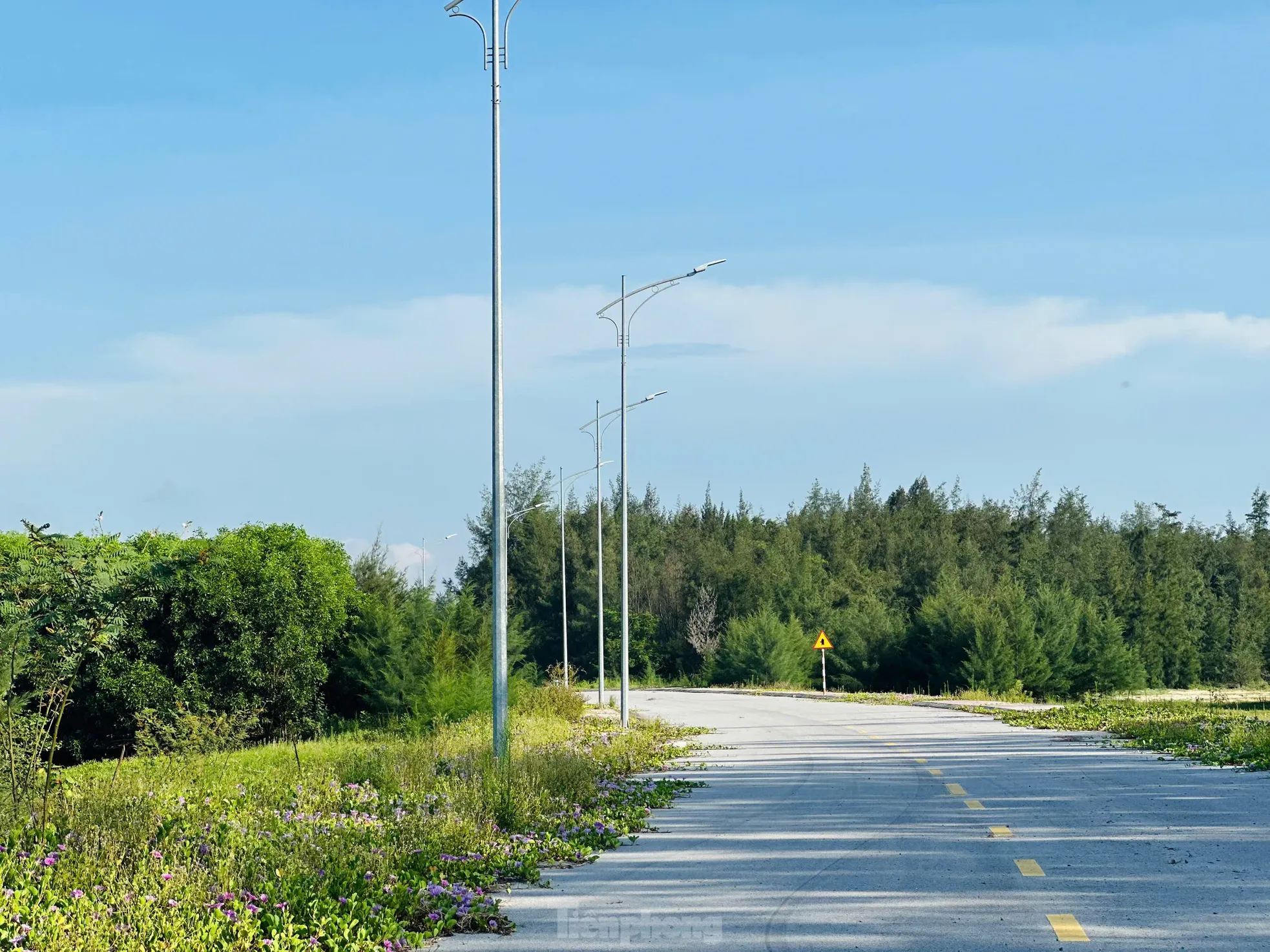
Adding insult to injury, the lighting system installed along the road remains unused, exacerbating safety concerns.
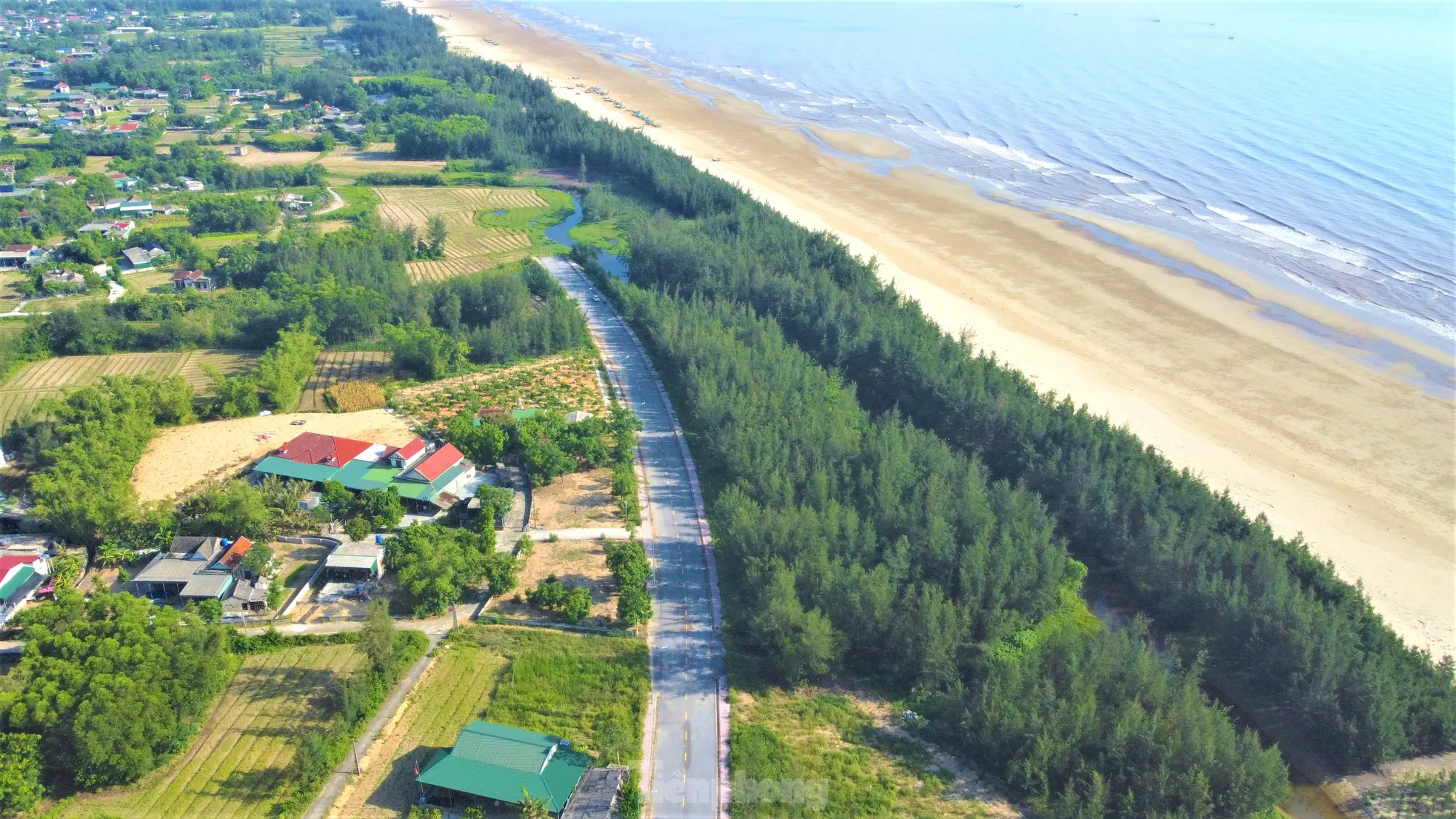
Despite warning signs indicating a dead end, many locals continue to use this route, especially at night, when visibility is limited. This situation heightens the risk of road accidents.
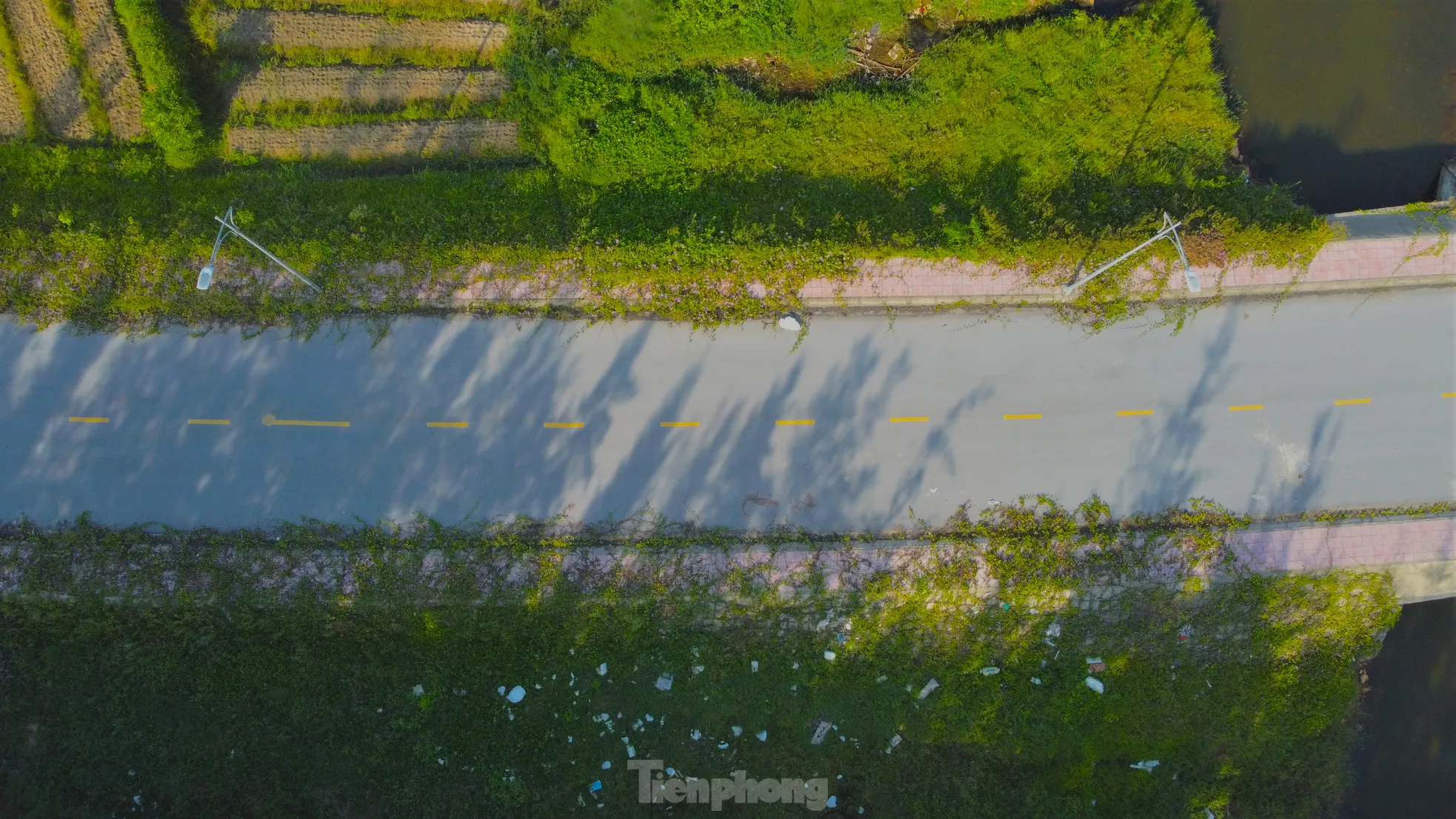
“The road is built, but it’s useless because both ends are cut off. Traveling is very inconvenient, and it’s dangerous at night without any lighting,” shared 60-year-old Nguyen Thi Trinh, a Thach Van commune resident.
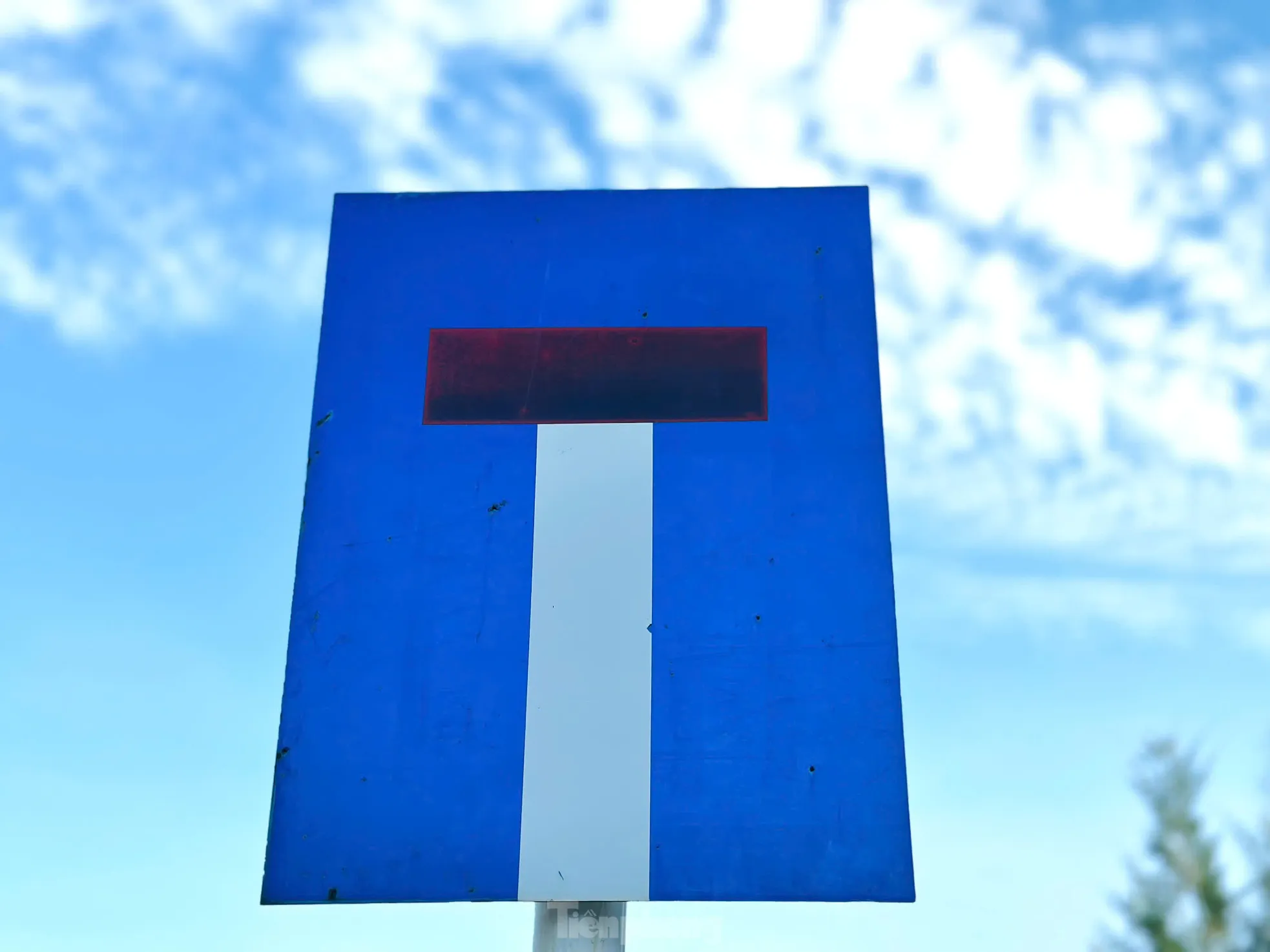
The unconnected road stands as a daily reminder of broken promises and wasted potential.
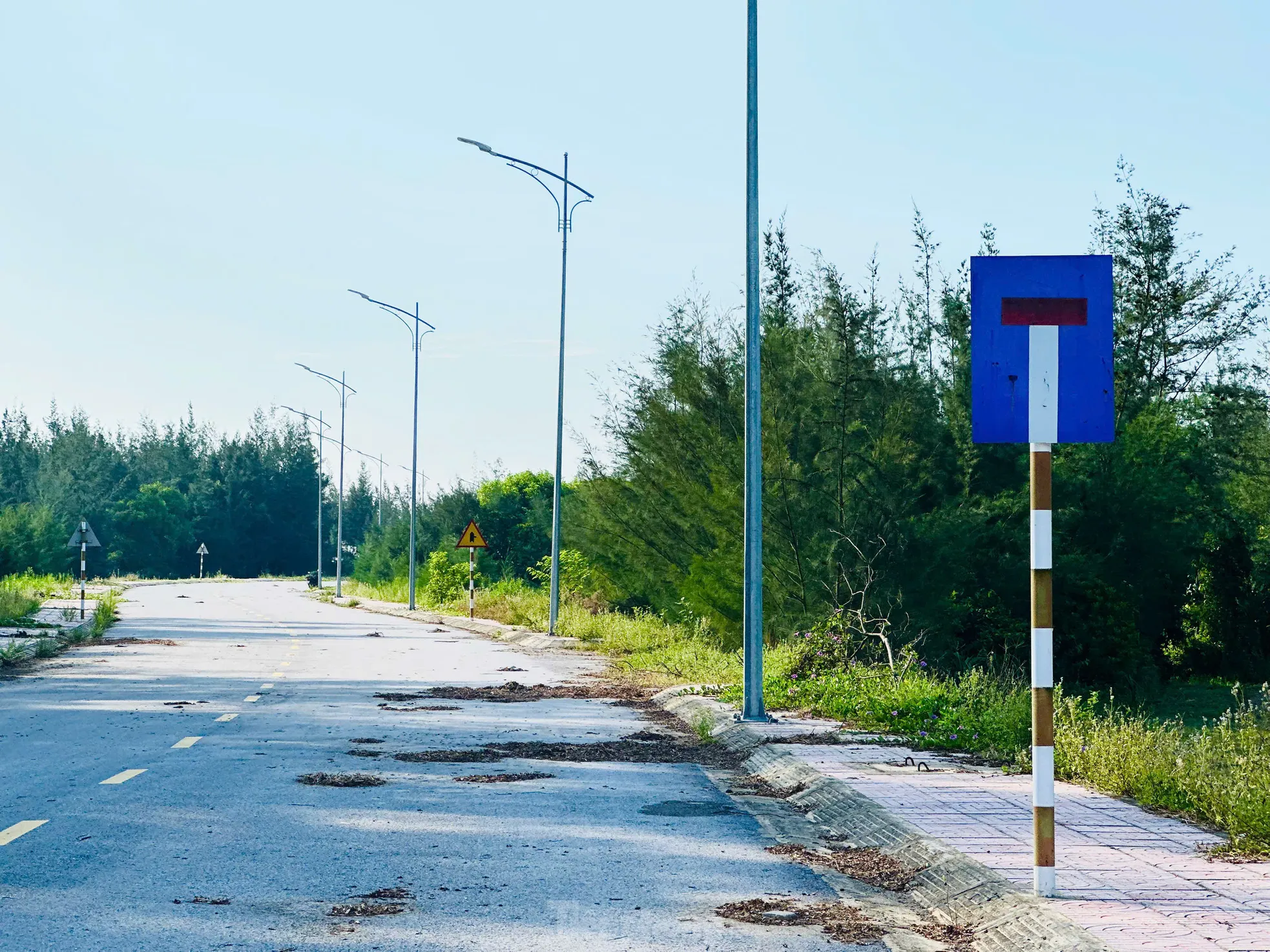
Local residents yearn for the completion of this road to facilitate their daily commutes and support their livelihoods.
The people of Thach Van commune, Ha Tinh city, long for the day when this road will be fully functional, easing their transportation woes and fostering economic growth.
Local authorities from Thach Van commune acknowledged the road’s original purpose as a vital connector between three coastal communes: Thach Van, Thach Tri, and Thach Hoi. A fully realized project would have served as a lifeline, enhancing mobility, trade, and the overall socio-economic landscape of the region. Unfortunately, the current state of the road, lacking crucial connections, results in underutilization and waste.
“We hope that the remaining sections of the road will be completed to maximize the benefits of this investment. A fully functional road will greatly facilitate transportation, trade, and the overall development of our locality,” expressed the leaders of Thach Van commune.
Let me know if there are any adjustments or tweaks you would like, or if you have any other requests.
The Scenic Be River Road: Connecting Binh Duong with Three Eastern Provinces
The Be River route, spanning a length of approximately 45 kilometers through Phu Giao and Bac Tan Uyen districts in Binh Duong province, forms a vital link between three provinces: Binh Duong, Binh Phuoc, and Dong Nai. This engineering marvel not only facilitates seamless trade and transportation of goods between these locales but also boosts their tourism potential, showcasing the regions’ natural beauty and scenic attractions.

